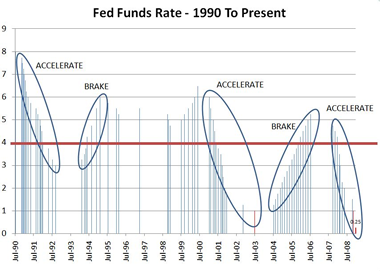Coca Cola CO2 Is Environmentally Friendlier Than Coal CO2
SEARCH BLOG: ENVIRONMENT
From a 2008 article:
Coca-Cola: Bubbles 'Not a Very Large Part of Our Overall Carbon Footprint'
The Coca-Cola Company, which has become the darling of the environmental movement, is one of the world’s top users of carbon dioxide – a known greenhouse gas.The argument is that the CO2 dispelled by their soft drinks is a by-product of other processes, not "new" CO2... so that doesn't count.
Worldwide, Coca-Cola’s operations emitted 1.9 million metric tons of carbon dioxide (CO2), according to what it told the Carbon Disclosure Project last year.
“We are taking carbon dioxide that is an off-product of other processes – gasification in particular, and others – and incorporating that into our beverages,” the Coke executive told CNSNews.com. “That is not a very large part of our overall carbon footprint.”Now zip forward to the present:
For New Generation of Power Plants, a New Emission Rule From the E.P.A.
A standard of 1,000 pounds per megawatt-hour for coal plants would “require something that doesn’t exist as a commercial technology,” he said.
But the lack of a commercial technology for carbon capture is one reason that the E.P.A. could not realistically impose such a requirement on existing plants and decided to push the challenge into the future.
Carbon capture has so far proved too expensive to be practical because the chemical work of separating carbon dioxide from the other components of exhaust gas requires large amounts of energy.
By some estimates, what is today a 1,000-megawatt coal plant might yield only 700 megawatts after some of its energy went into a carbon capture plant in the form of steam and electricity. And sequestering the gas underground could prove difficult.Let's examine the logic here.
- CO2 is deemed a "pollutant" by the Supreme Court and the EPA is directed to determine what to do about it.
- The EPA selectively focuses on coal power plants CO2 by-product and declares that any future plants must use a carbon sequestering technology that is not available, thereby effectively destroying the major source of electrical power in the U.S.
- Meanwhile, the soft drink industry uses CO2 that is a by-product of other processes and claims it is all right because that CO2 is not "new."
- The EPA makes no effort to require sequestering of the 1.9 million metric tons of CO2 by-product that the soft drink industry uses even though, process-wise, it is no different from the CO2 which is a by-product of coal burning.








